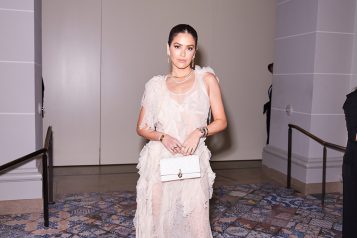
Photo Credit: Tate Archive While away on holiday, I read a full study of the Bloomsbury Group. I always loved the writer Virginia Woolf and I was keen to learn more about painters Vanessa Bell and Duncan Grant. The more I read, the more I realized how key their contemporary context was to the art they created and the ideas they pushed forward. The more you learn about art and artists, the more evident it become that if you remove the context in which they created their artworks, it seems impossible to truly engage with the essence of the artistic movement. Removing this side of their stories would be sucking the life out of their artworks and yet we see it everyday with the white walls of most art galleries. We end up treating the artworks almost mechanically, technically, and not understanding the experiential value of creativity.

London has drastically evolved from the Victorian times of the Bloomsbury Group – it has become the capital of European modernity, trade and international thinking. Artists from all around the world have flocked the capital for the past twenty years on their way to becoming cultural and economical immigrants. In a time of political change for the capital itself, I strongly believe that the contemporary group of artists creating in London is very valuable to our current times. Artists do not become political in the midst of political turmoil, they instead reinforce the need for a different way to experience life, both emotionally and artistically. And that’s a key role of the arts. In a time of turmoil, contemporary artists and their art, for their cultural openness, empathic and reflective natures are needed more than ever to relate to others and imagine our future. The Bloomsbury Group was helping their contemporaries transitioning into modernity while our current group of artists battles for a bigger picture: sustainability, the ethic of the digital world and social fairness.

Photo Credit: Molly Gibson
Removing the context from the artists I work with would be misunderstanding the importance of their art. Artistic value lies in its history and that’s why we all collect both permanency of talent – the technical value of their works – but most importantly, the impact they made on their times: The relevance of art history. Collecting is an active historical action, its curating a visual understanding of your own times.

Photo Credit: Molly Gibson

Collecting Art The Smart Way is understanding the valuable influence of artists within our society and while this society feels multi-layered and difficult to fully comprehend, collecting becomes a way to finance visual hope and reflection for the next generation to come. Thinking of art as merely objects defeats the point that these artists created as they felt, feared, hoped and reflected. Their art is forever a witness of this experience – our collective experience.
An advocate for artists since a young age, Marine managed her first gallery at age 21, opened her first art gallery in Los Angeles at age 23 and finally created her current business, MTArt, to promote the artists she believed in across the globe.




















